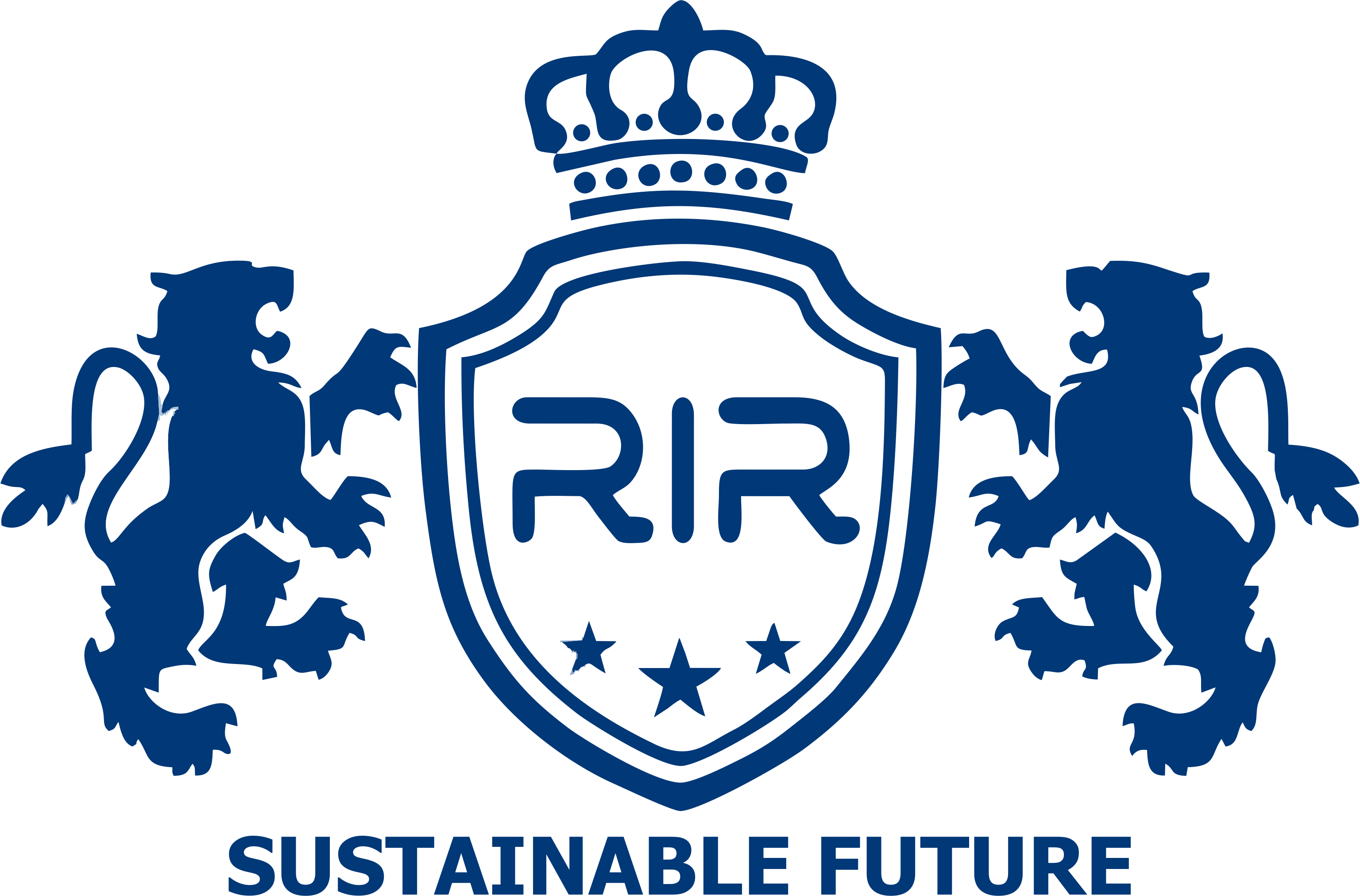SA 8000 Certificat
SA 8000 Certification
Services
SOCIAL ACCOUNTABILITY
In recent years, there has been a growing worldwide interest in considering ethical and social normative impacts of corporate activities and policies, as well as where products such as developing countries are produced and the working environment. Clients who are interested in these social issues are also increasing. Non-governmental organizations, investment analysts and other stakeholders, including employees, are increasingly evaluating corporate efforts to ensure a fair and equitable working environment and transparent business practices. This means that companies will be asked more to demonstrate social responsibility.
The overview of SA 8000 Certification
The SA 8000 certification covers all matters including forced and child labor, health and safety in the workplace, Freedom of association & right to collective bargaining, discrimination, disciplinary practices, working hours, remuneration and management systems. The SA 8000 not only sets workplace standards worldwide, but also covers existing international agreements, including the International Labor Organization, the Universal Declaration of Human Rights and the United Nations Convention on the Rights of the Child.
This standard was developed in 1989 by the Social Accountability International (SAI), an organization under the Council on Economic Priorities (CEP), and is considered the world’s most recognized independent workplace standard. As a standard for improving the work environment, it can be applied to companies of all sizes, regardless of scope, industry, or location.
SThe SA8000 is based on the International Labor Organization (ILO)’s Universal Declaration of Human Rights and the United Nations’ International Convention on the Rights of Children. This standard includes a wide range of content, including child labor, forced or compulsory labor, health and safety, freedom of association and right to collective bargaining, discrimination, disciplinary practices, management systems such as working hours, remuneration and supply chain monitoring systems, and external communications and other policies.
SA 8000 Requirements
The SA 8000 standard is based on the ISO 17021-1 standard, the same as the existing ISO standard, and is composed of an independent form rather than a high level structure. The purpose of SA 8000 is to empower and protect all employees of the organization by providing a standard that can be reviewed in accordance with the United Nations Declaration of Human Rights, the ILO and other international labor laws.
The requirements for the following nine elements of the SA 8000 are key to proper implementation, monitoring and enforcement. The management system for this enables the organization to improve with complete and continuous compliance with SA 8000 and is an indicator of social performance.
The elements of SA 8000 are as follows :
- Child Labor
- Forced or Compulsory Labor
- Health and Safety
- Freedom of Association & Right to Collective Bargaining
- Discrimination
- Disciplinary Practices
- Working Hours
- Remuneration
- Management System
